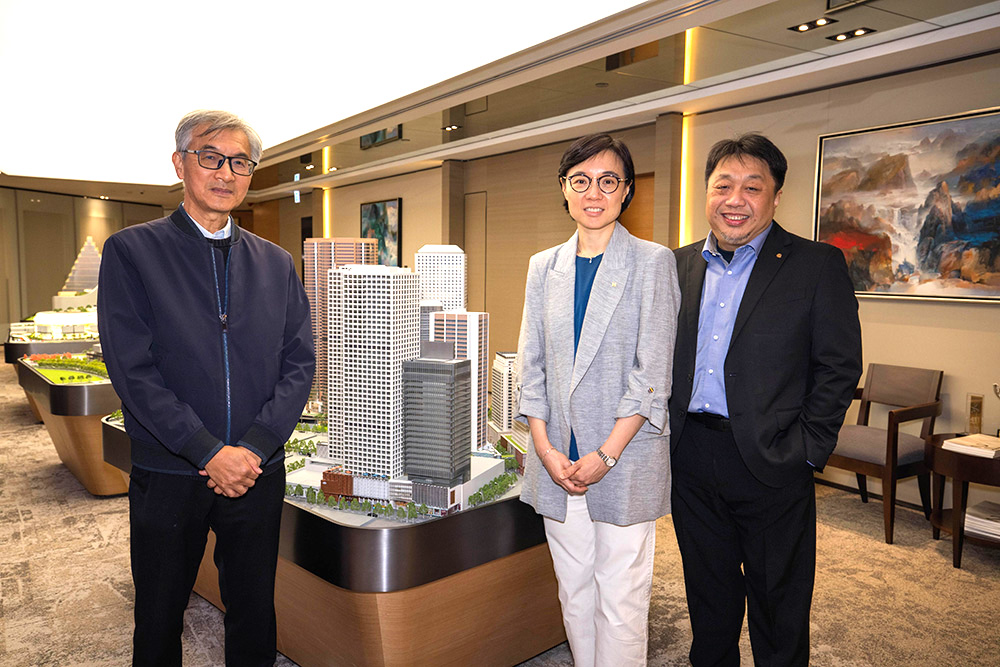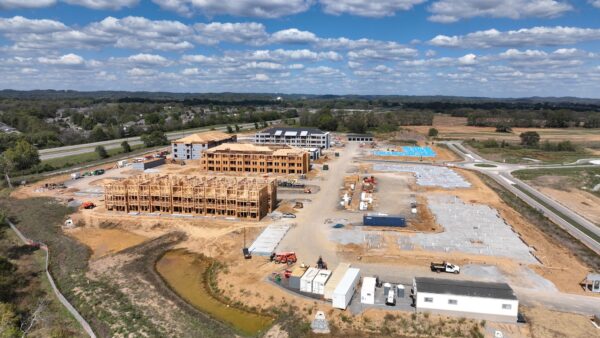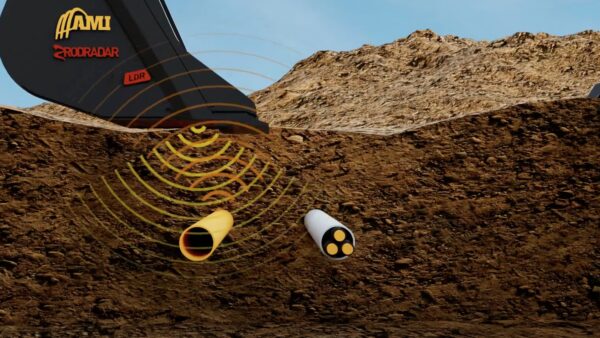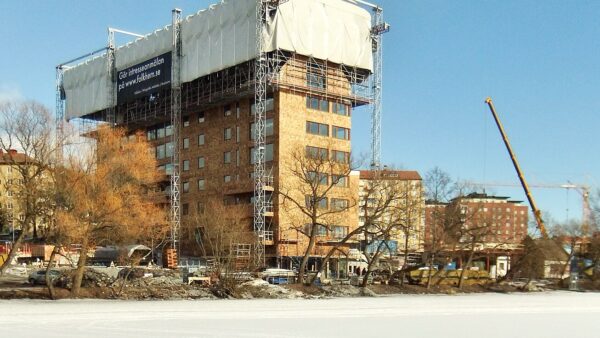
Property giant Hongkong Land will pioneer the recycling of tempered and laminated glass waste from shopfronts and curtain walls during its US$400m upgrade of the 12 buildings making up its ‘Landmark’ portfolio in the Central district of Hong Kong.
It’s a three-way collaboration with Gammon Construction and Hong Kong Polytechnic University (PolyU).
The developer says the initiative will introduce circular-economy principles to the three-year property revamp, called Tomorrow’s Central, which will involve facade upgrades, retail reconfigurations, lobby relocations and new exit staircases by 2027.
Gammon is the main contractor for the project. A study it conducted in the 2023 pre-construction phase identified around 50 tonnes of glass to be demolished, including shopfronts, facades and curtain walls.

There is currently no viable means of recycling tempered and laminated glass in Hong Kong, so it ends up in landfill, which is a problem since Hong Kong’s landfill sites are projected to fill up next year.
The idea is to grind the glass into aggregate to make low-carbon concrete partition blocks for the Tomorrow’s Central project itself.
A first for Hong Kong
The blocks will meet Buildings Department standards. If it works, it’ll be a first for Hong Kong.
“At Hongkong Land, we’re committed to building a circular economy, one where waste is not a burden but a resource,” said Hongkong Land’s chief executive Michael Smith.
He added that it would provide “scalable, replicable models sure to shape construction practices in Hong Kong and beyond”.

‘Meaningful change’
Gammon chief executive Kevin O’Brien said sustainability “must be embedded from the earliest stages of construction”, and that this commercial-academic partnership would create “meaningful industry-wide change”.
Prof Chi Sun Poon, director of the Research Centre for Resources Engineering towards Carbon Neutrality at PolyU, said the initiative would “transform how tempered and laminated glass waste is handled”.
Hongkong Land said it mattered particularly given the city’s ageing building stock, with thousands of structures over 50 years old.
- Subscribe here to get stories about construction around the world in your inbox three times a week






